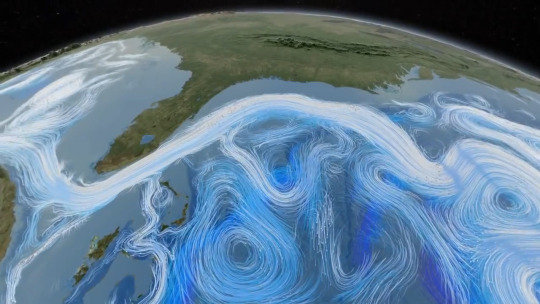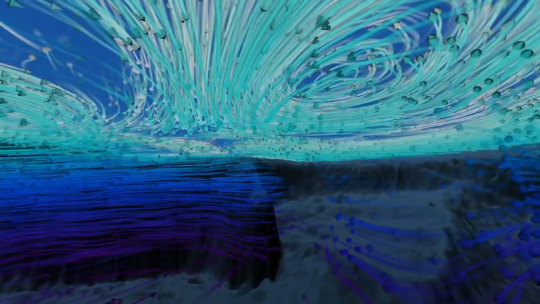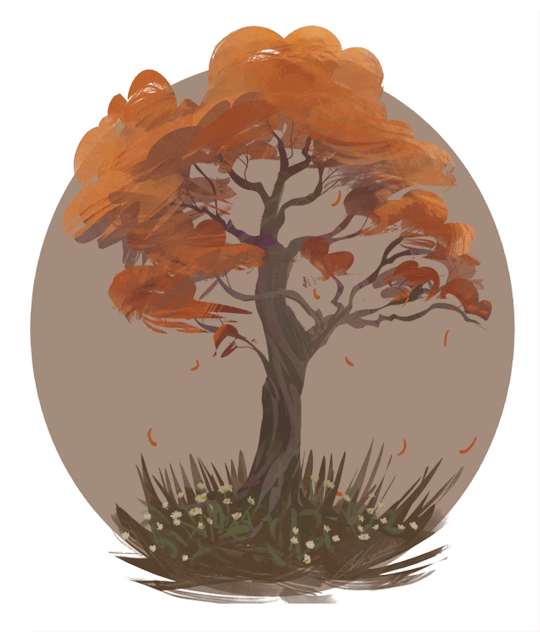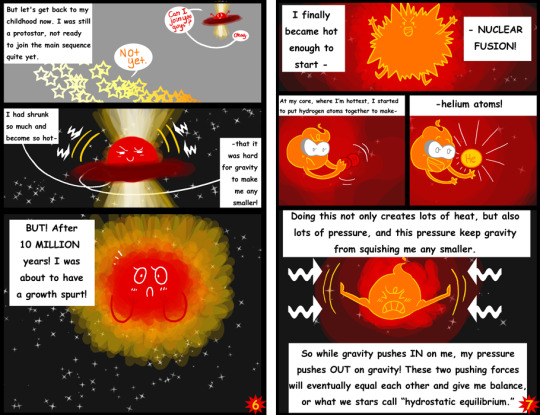Don't wanna be here? Send us removal request.
Photo

Damn, finally I know how to make these, jeez it took me awhile!!! Now lets improve! :)
251 notes
·
View notes
Photo

Zoom into the Bloodstream by Linda Nye
This amazing visualization of human circulation takes you from the heart, to the smallest arteries, to single oxygen atoms.
How many of you can name all of the scientific components that you see here? Hint: the big yellow ball with purple on it in the back is a cholesterol particle
P.S. If you’re a nerd like me and like reading journal articles, check this one by Linda Nye on biomedical visualization out : (x)
1K notes
·
View notes
Photo







Nicolas Castell on Instagram and Society6
Browse more curated illustration
So Super Awesome is also on Instagram
454 notes
·
View notes
Photo










Over a thousand photographers entered the Astronomy Photographer of the Year competition this year. These are just some of the very talented winners. See a round-up of all of the winners here.
5K notes
·
View notes
Video
youtube
Hydrophobic surfaces are great for creating some wild behaviors with water droplets, but they make neat effects with other liquids, too. The viscous honey in the first segment of this Chemical Bouillon video is a great example. Because the honey doesn’t adhere to the hydrophobic surface, the viscoelastic fluid does not maintain the form it had when drizzled on the surface. Instead, the honey contracts, with surface tension driving Plateau-Rayleigh-like instabilities that break the contracting ligaments apart to form nearly spherical droplets of honey on the surface. (Video credit: Chemical Bouillon)
325 notes
·
View notes
Photo



First prize in Science’s Visualization Challenge (video category) went to this NASA video by Greg Shirah, Horace Mitchell, and Tom Bridgman. It shows Earth’s “climate engine” — the wind patterns and ocean currents that are powered by the sun.
7K notes
·
View notes
Photo


This is what sound looks like
You’ve never seen sound visualizations like this before. Evan Grant creates beautiful illustrations of what we hear by capturing the vibrations from sound waves in mediums like sand or water. This process — called cymatics — makes sound look so wonderfully alien.
Watch the full talk here »
2K notes
·
View notes


















